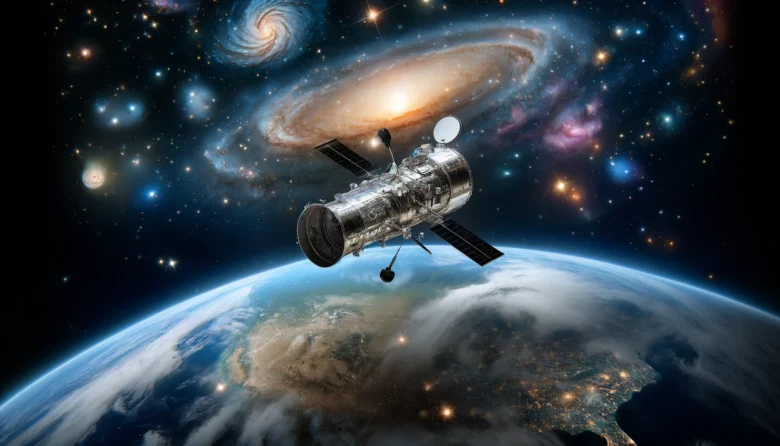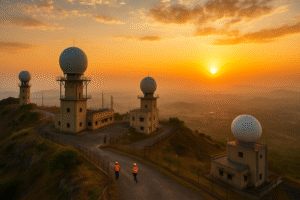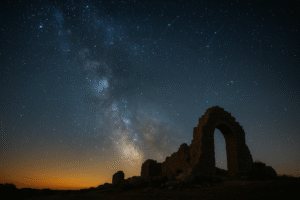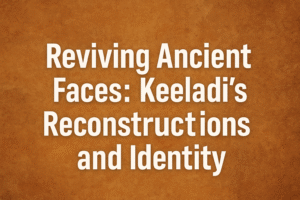Since its launch in 1990, the Hubble Space Telescope (HST) has served as humanity’s eye into the cosmos, capturing images that have not only mesmerized us but also advanced our understanding of the universe. This blog aims to shed light on the significance of HST’s discoveries and explore why they matter, even to those of us not wearing lab coats.
What is the Hubble Space Telescope?
The Hubble Space Telescope is a large, space-based observatory, one of the largest and most versatile ever launched. Orbiting about 547 kilometers above Earth, Hubble provides a clear view of the universe free from the distortion of Earth’s atmosphere. Equipped with cameras and spectrometers, it captures light in various wavelengths, from ultraviolet to near-infrared. This ability allows astronomers to observe the cosmos in ways that are not possible with ground-based telescopes.
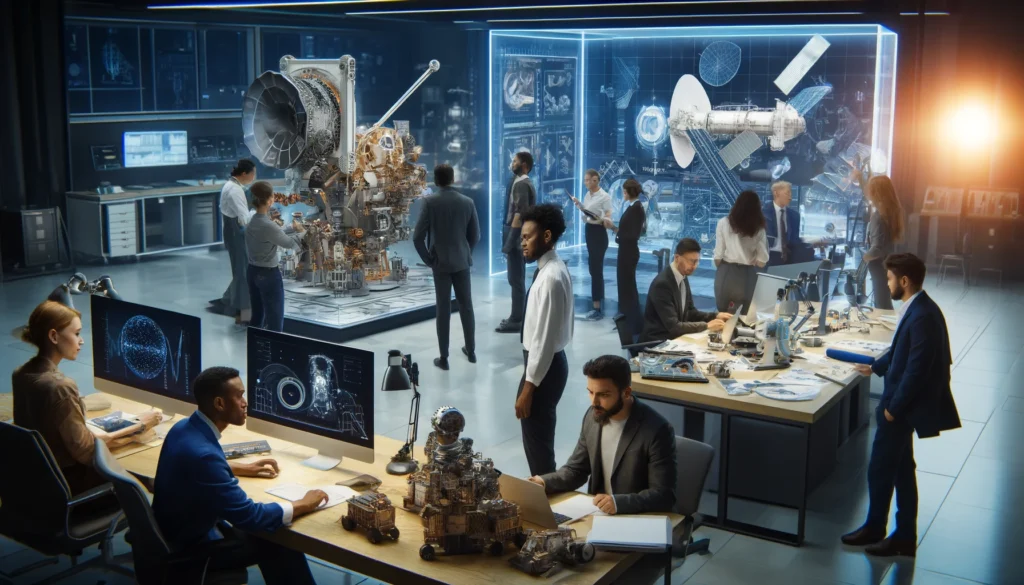
Major Discoveries of Hubble
Over the years, Hubble has been at the forefront of astronomical breakthroughs. It helped determine the rate at which the universe is expanding—a concept first proposed by the telescope’s namesake, Edwin Hubble, in the 1920s. Hubble has provided stunningly detailed images of planets, moons, and comets within our solar system, and beyond it, it has directly imaged exoplanets orbiting distant stars.
Each discovery by Hubble adds a piece to the puzzle of our universe, expanding our knowledge and challenging our perceptions of our place in the cosmos.
How Hubble Affects the Common Man
While it might seem that a telescope orbiting hundreds of kilometers above Earth would have little impact on everyday life, the effects of Hubble’s discoveries ripple across various aspects of our society. Educationally, Hubble’s findings are integrated into school curricula, helping to spark student interest in science and technology. Its images and data inspire not only academic studies but also creativity in art and cinema, influencing pop culture and fueling public interest in space exploration.
Technological advancements derived from the development and maintenance of space technologies often find applications in other industries, from medical imaging to computer software. Moreover, consider this fascinating aspect of astronomy: due to the finite speed of light, looking into space is like looking back in time. For instance, if a being from a planet several light-years away were to take a picture of Earth right now, they might capture images of dinosaurs roaming, as the light from Earth would have taken that long to reach them. This time delay in light’s travel gives us a literal snapshot of the universe’s history.
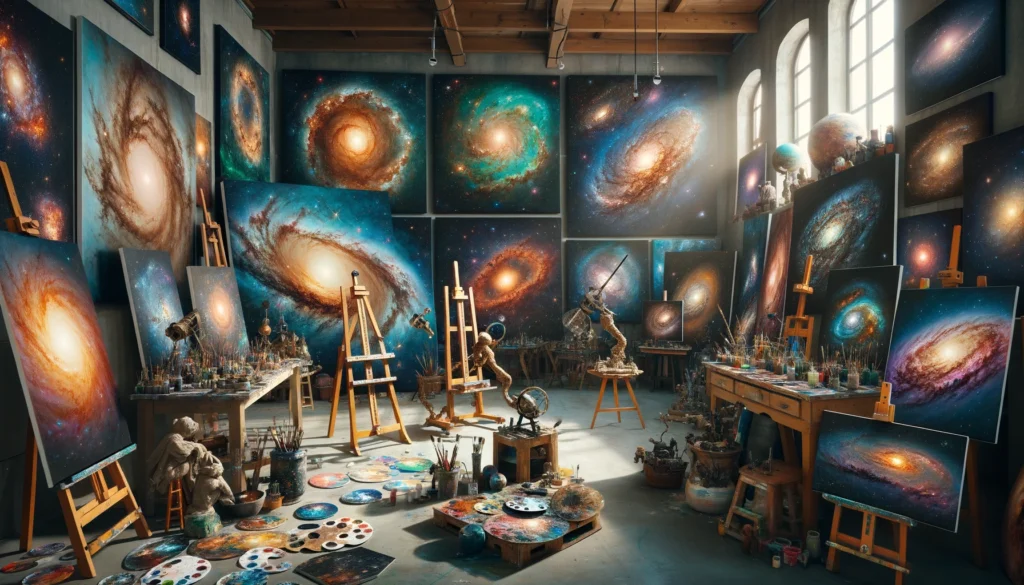
Why You Should Care About Hubble
Supporting space exploration like the Hubble mission goes beyond mere curiosity. Technological and scientific advancements driven by space research can lead to significant economic benefits, such as new products, services, and even industries. On a more philosophical level, understanding the cosmos shifts our perspective, teaching us about our place in the universe and perhaps humbling us with the vastness of it all.
Curiosity is part of human nature, and fulfilling it through astronomy can enrich our understanding of the world and drive innovation. The universe is a vast, complex place, and Hubble acts as a key that unlocks many of its mysteries. By fostering a well-informed society, we ensure a community ready to tackle future challenges.
Conclusion
The Hubble Space Telescope has dramatically broadened our understanding by acting as our window to the universe. As we continue to explore, each discovery propels us forward in our knowledge, technology, and deep, existential comprehension of the cosmos.
As we look up at the night sky, remember that Hubble is up there, enhancing our vision and understanding of the universe. Its mission is far from over, and its continued operation promises even more revelations about our cosmic neighborhood.

Call to Action
To see more of Hubble’s breathtaking images and to keep up with the latest discoveries, visit the official Hubble website. Follow NASA Hubble on social media for daily updates and further insight into how this incredible telescope continues to expand our view of the universe.
Author’s Note
Thank you for reading this exploration of the Hubble Space Telescope’s significant contributions to our understanding of the universe. I hope this blog inspires you to look up at the stars with a new sense of wonder and a deeper appreciation of our place in the cosmos.
G.C., Ecosociosphere contributor.
References and Further Reading
Here are some excellent resources for those interested in learning more about the Hubble Space Telescope and astronomy:
- “The Universe Through the Eyes of Hubble” by Oli Usher and Lars Lindberg Christensen – A visual journey through the universe as seen through the Hubble Space Telescope.
- “Hubble’s Universe: Greatest Discoveries and Latest Images” by Terence Dickinson – A detailed look at the discoveries made by Hubble over the years, beautifully illustrated with images captured by the telescope.
- “Eyes on the Skies: 400 Years of Telescopic Discovery” by Govert Schilling and Lars Lindberg Christensen – This book explores the development of telescopic astronomy, including the contributions of the Hubble Space Telescope.

